One of the most effective ways of scaling your SaaS company’s website traffic and revenue is by expanding into new markets via international SEO.
For example, Asana added 3 million monthly organic visits to their website in just 2 years by creating content in multiple languages.
But how do you build a multilingual keyword strategy and make sure that global audiences can find you online?
Let me walk you through the key steps of international SEO keyword research, using an example to illustrate the intricacies of the translation and localization process.
By the time you read this article, you’ll know what steps you need to take to kickstart your SaaS brand’s international expansion.
Capture new markets with international SEO
Find out how our multilingual, multi-region team can help you drive international traffic and conversions.
Get a marketing consultation
How to do international SEO keyword research
To rank your website pages in global search results, you need to understand what international audiences are searching for online, and how you can align your content with local search interest and behavior.
Let’s take it step-by-step:
1. Identify your money topics
If you have no idea where to start with international keyword research, the first thing you should do is identify your money topics. (Notice I said “money topics”, not “money keywords”. More on that later.)
A money topic is a group of topically related keywords or phrases that your potential customers type into Google when they are in the market for a solution like yours.
In other words, money topics are topics that lead to sales.
When building an international SEO strategy for your SaaS company, you should always start by covering middle- and bottom-of-the-funnel, commercial-intent keywords.
These keywords – and the topics they represent – are the most valuable to your business because they have the highest conversion rate. Targeting them allows you to capture demand from customers who are (almost) ready to buy.
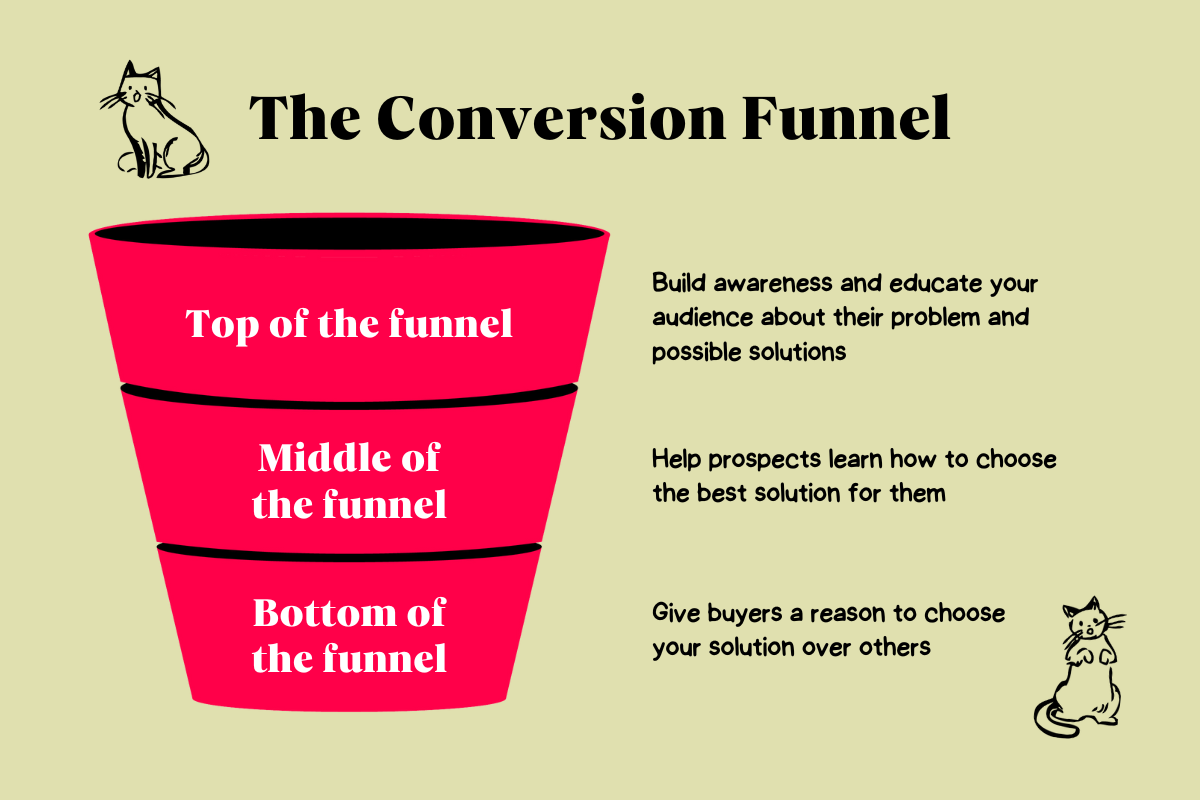
Once you’ve covered all your money topics, you can move onto top-of-the-funnel, informational-intent keywords to educate your audience and generate demand for your product.
But how do you find your money topics?
If you have yet to validate your money topics in your core market
You’ll need to do some thorough research to understand what questions your audience is asking, what topics are most relevant to them, and what words and phrases they use to describe them.
Here’s how:
- Interview customers (and non-customers who match your buyer personas).
- Scan forums like Reddit and Quora.
- Watch webinars, YouTube videos (don’t forget to read the comments!) and listen to podcasts.
- Peruse the agendas of industry events and conferences.
- Comb through review websites to see what customers are saying about you and your competitors.
Since you’ll be creating content in multiple languages, you’ll need to do research in multiple languages, too. If you don’t speak the local language in your new target market(s), find someone in your organization who does, or enlist the help of an expert.
When you’ve gathered enough topics, use a keyword research tool like Ahrefs of Semrush to match keywords to your topics. You can even use Keyword Insights or the keyword clustering tool in Ahrefs to group topically related keywords together.
Of course, there’s a lot more that goes into building a keyword strategy, like qualifying and prioritizing your keywords, but that’s a topic for another article.
If your website has already gained some traction from organic search in your core market
Look at your top-converting pages – for SaaS companies, these are the pages that attract the most free trial signups, demo requests, and paid account signups – and build a list of the topics they target.
Chances are, the same topics that resonate with your audience in your core market will also resonate with audiences in new markets – but you may have to make some adjustments. That’s what I’ll cover in the next step.
2. Translate and localize your keywords
Global audiences have varying goals, needs, interests, preferences and search habits.
As a result, you may need to adapt some keywords or replace them with completely different ones to ensure you’re targeting keywords that potential buyers in your new market actually search for.
If you want your content to rank high in global search and resonate with international audiences, simply translating your keywords is not going to cut it.
You will also have to localize your keywords to make sure they fit the local regional, cultural, or societal context.
Direct translations don’t account for:
- Dialects (social or regional variations of a language): some regions may use a different spelling or a completely different word to describe the same thing.
- Words that have no direct translation, or mean something else in a foreign language.
Keyword localization is a complex process that requires familiarity with the linguistic nuances of the target language AND a deep understanding of search behavior in international markets.
So, your best bet is to hire an international SEO agency that works with local SEO consultants and native-language writers and translators.
You could take a DIY approach, but it would consume an unreasonable amount of time. Let me give you an example of what it would take to localize just one keyword:
Let’s say I work for Gusto, a US-based company that provides HR management software.
Suppose Gusto wants to expand into the Spanish market, and they’ve told me one of their top-converting pages is this product page about their time tracker tool that syncs with payroll.
I grab the URL of the page and paste it into the Ahrefs Site Explorer to see the keywords it ranks for. It tells me that this page ranks for a few dozen variations of “payroll and time tracking software”, with the parent topic being “payroll timekeeping software”.
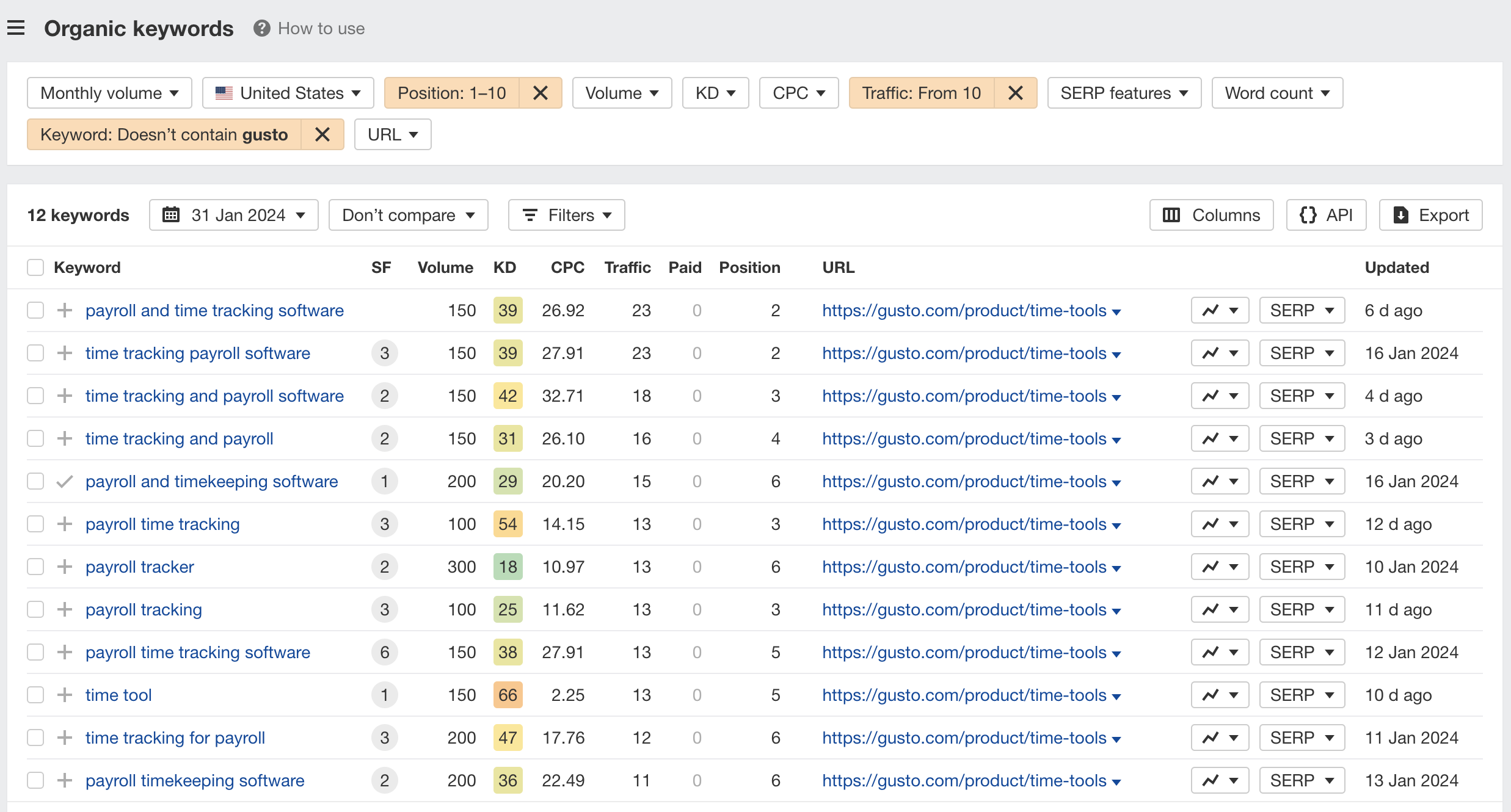
So I give this keyword to ChatGPT (you could also do Google Translate, or both to see if there’s a difference):

Once I have the (very rough) Spanish translation, I do a Google search for my translated keyword – setting my location to Spain using a VPN – and see what results come up. Alternatively, you could also paste the keyword into the Ahrefs Keyword Explorer and set the location to Spain.
The title tags of the top-ranking pages immediately give me an idea of what the right, localized version of my keyword should look like.
Instead of “software de nómina”, the more commonly used search term in Spain appears to be “programa de nóminas”, and instead of “control de tiempo”, the right term seems to be “control horario”:
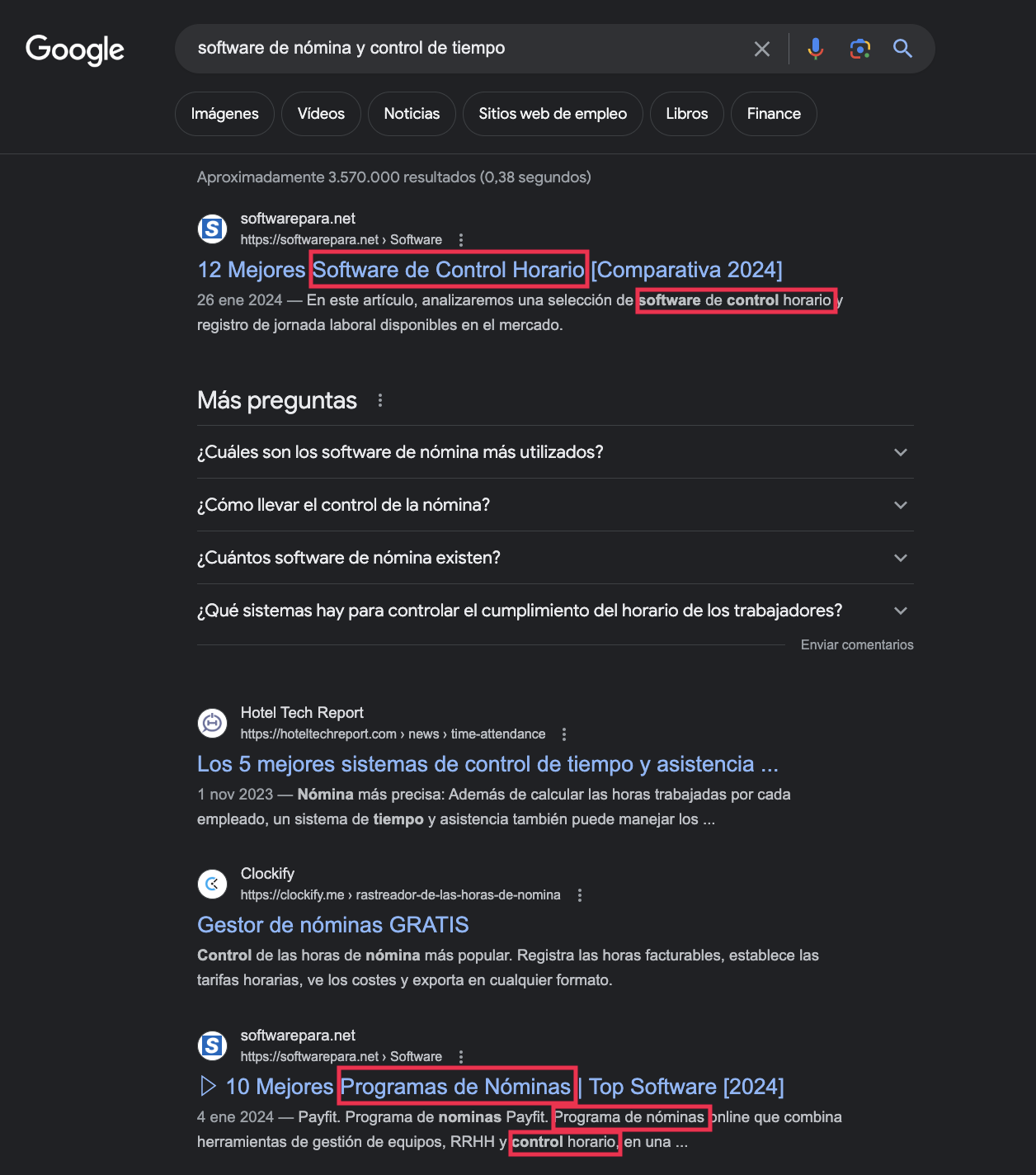
Sure enough, when I paste those keywords into the Ahrefs Keyword Explorer, I can see that both of them have decent search volume and are not difficult to rank for.


But wait a minute: didn’t we start with one keyword that combined both “payroll” and “timekeeping software”?
We sure did.
My Google search for the roughly translated keyword (“software de nómina y control de tiempo”) didn’t turn up any results that contained both product features.
So I try again with the localized version (“programa de nóminas y control horario”) – and still no results.
Now let’s look at the search results for our two keywords (“programa de nóminas” and “software control horario”) separately, and compare the SERPs to see if there are any common results:
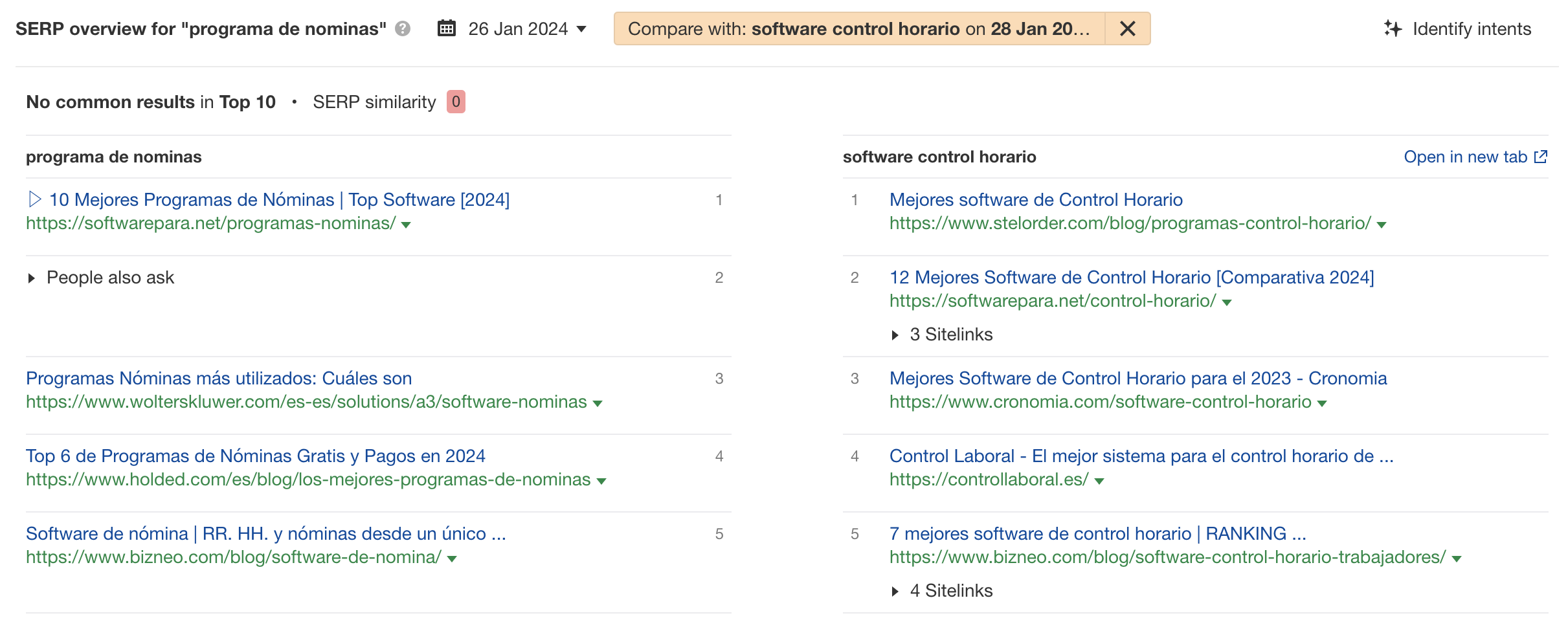
Nope, no overlap. That tells me that in Spain, people aren’t searching for software that can track work hours and also sync with payroll.
I could dig deeper, but judging by what I’ve seen so far, if Gusto were to create a page for these features in Spain, they would have to create two separate pages.
3. Double-check the search intent of your localized keyword
Search intent is the main goal a user has when they type a query into Google.
If you want a piece of content to rank, you have to make sure you’re responding to the user’s search intent. Otherwise, Google will not consider your page a good result for that query.
When doing international SEO keyword research, you’ll sometimes find that the search intent behind the localized keyword is different from the intent behind the original keyword.
So it’s essential to double-check the search intent of the localized keyword and create content that’s aligned with it.
Going back to my example, a quick glance at the SERP tells me that the search intent behind the English keyword (“payroll timekeeping software”) is different from the search intent behind the Spanish keywords ( “programa de nóminas” and “software control horario”).
In English, “payroll timekeeping software” has a clear commercial intent, with 7 out of the top 10 results being product pages:

In Spanish, however, both of the keywords I identified skew heavily toward the listicle (X best tools) content format:
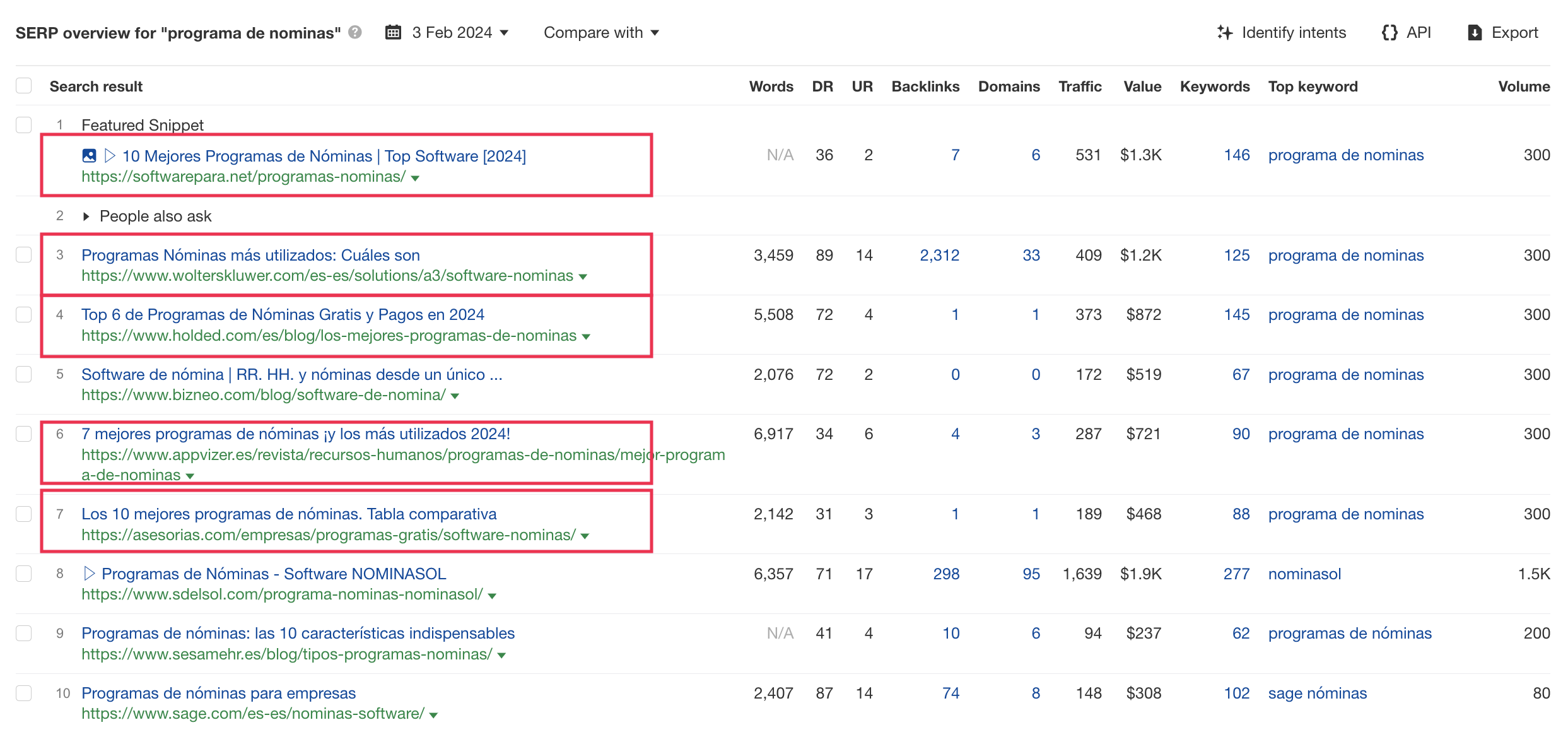
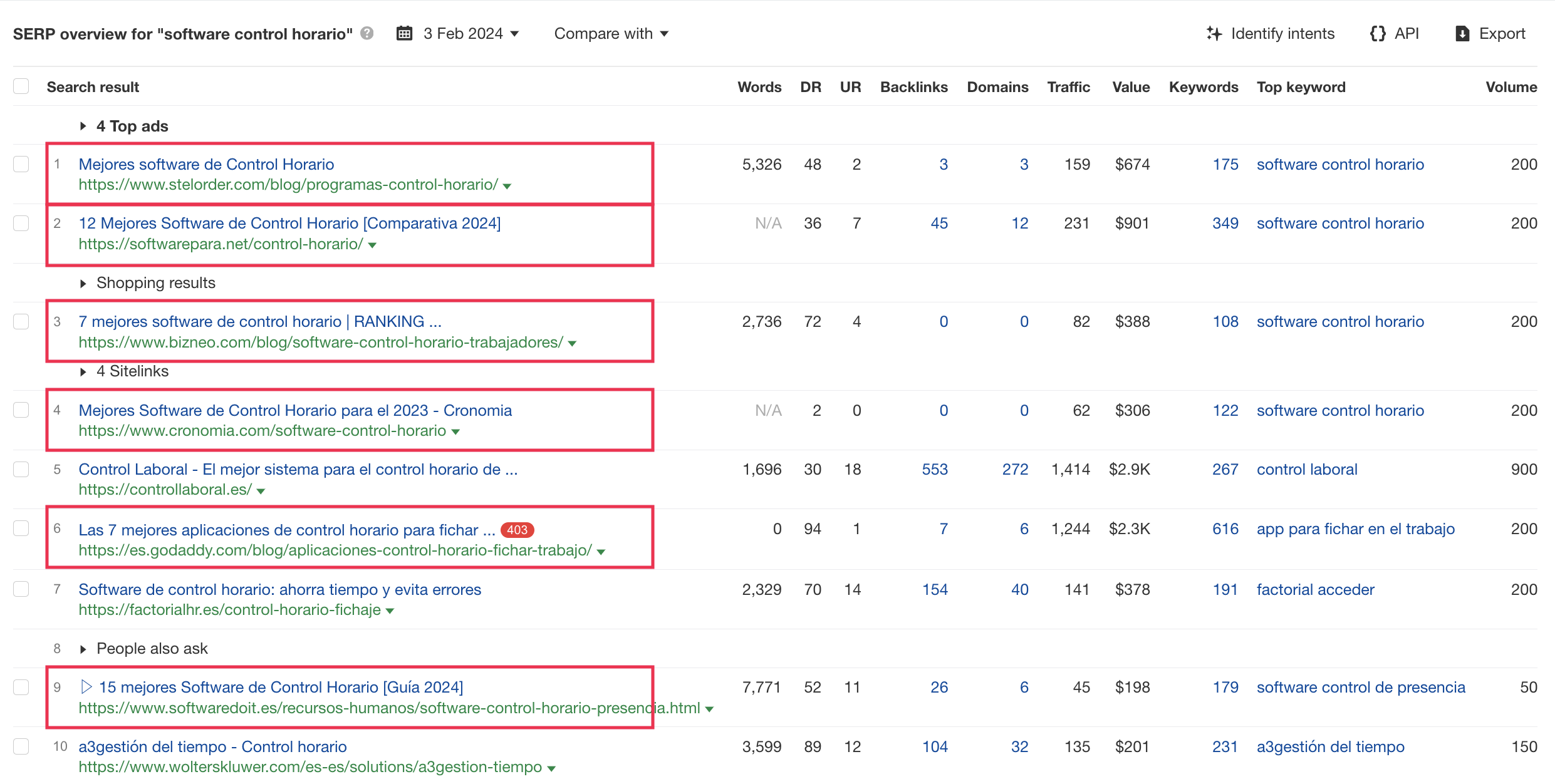
This means that in Spain, Gusto would be hard pressed to rank a product page for these keywords. If they wanted a shot at ranking in the top 10, they’d need to create listicles of the best time tracking and payroll tools.
Since Gusto wouldn’t be able to translate these pages, they would need to create new ones from scratch. In instances like this, the advice of an international SEO agency is invaluable – they can help you decide whether you should invest in creating new pages and identify opportunities for cutting costs.
The example above shows why it’s so important to not just translate your keywords and your content directly, but consider local search behavior and the search intent that is unique to your target market.
And this isn’t even where the localization process ends.
Before you decide on the final keyword, you’d need to look at alternative keywords to determine which one is the most relevant for your audience, and which one you can realistically rank for.
For example, I could try “software control de presencia” or “app para fichar en el trabajo”.
Imagine if you had to do all this for hundreds of keywords! Like I said, you’re better off hiring an expert.
4. Track and measure SEO performance
The only way to know whether your international SEO strategy is working is to track and measure your results.
There are a myriad of SEO metrics you can track, from keyword rankings to organic traffic, conversion rate, and MRR.
I always recommend setting goals and measuring your performance against metrics that tie into revenue and business goals.
For example, when a page consistently attracts paid account signups which then turn into MRR for your SaaS business, you’ve clearly done a good job.
It’s worth tracking and measuring your performance separately in each of the target markets you’re expanding into, as this will allow you to identify where you need to pour more resources.
Asana, an international SEO success story
Here’s the success story of a well-known, large SaaS company to inspire you.
Since the beginning of 2022, work management platform Asana has gone from 3 million monthly organic visits to just over 6 million, doubling its organic traffic in just two years.
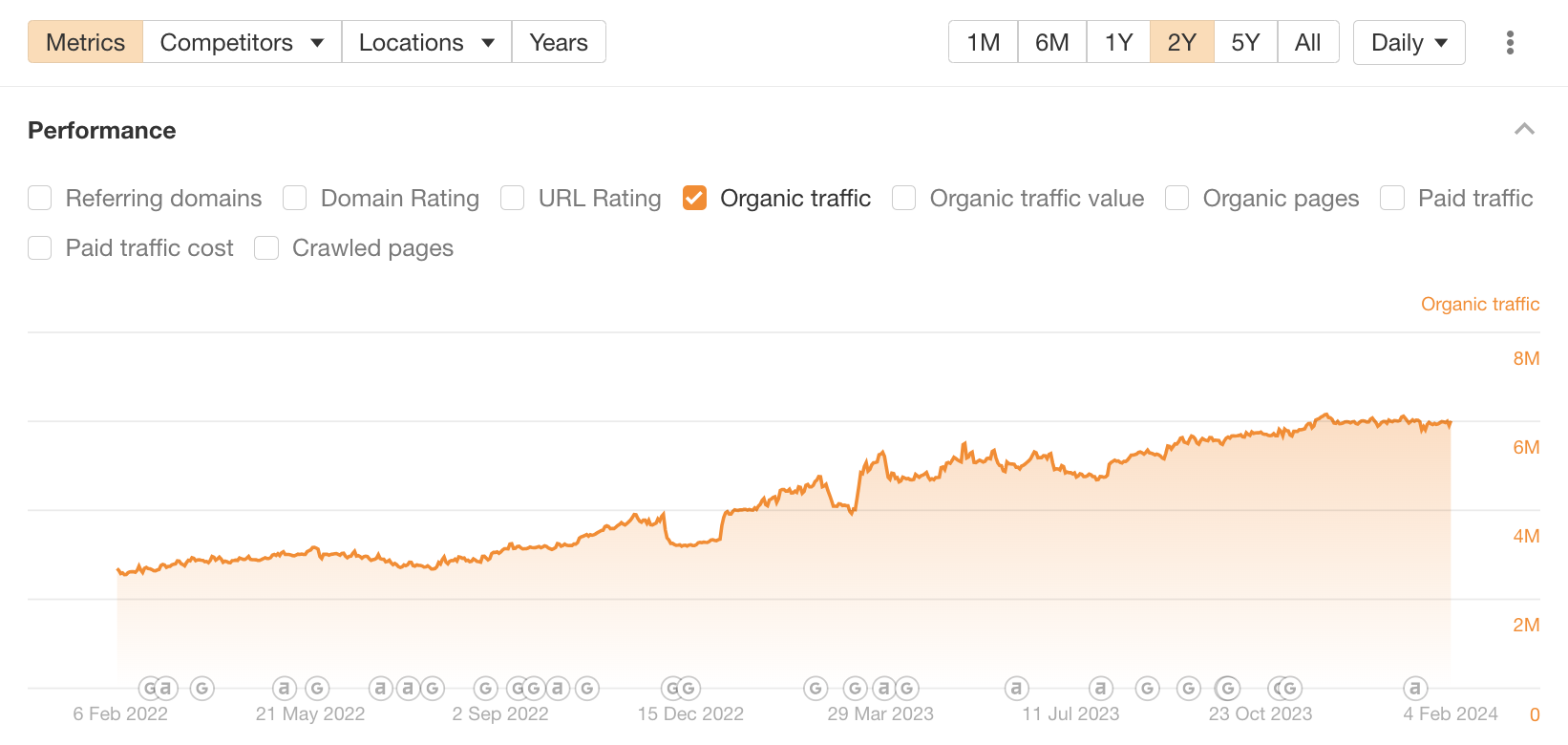
This explosive growth is largely due to Asana creating content in other languages, including Spanish and German. As a result, the company was able to attract incremental traffic from markets like Mexico and Germany.
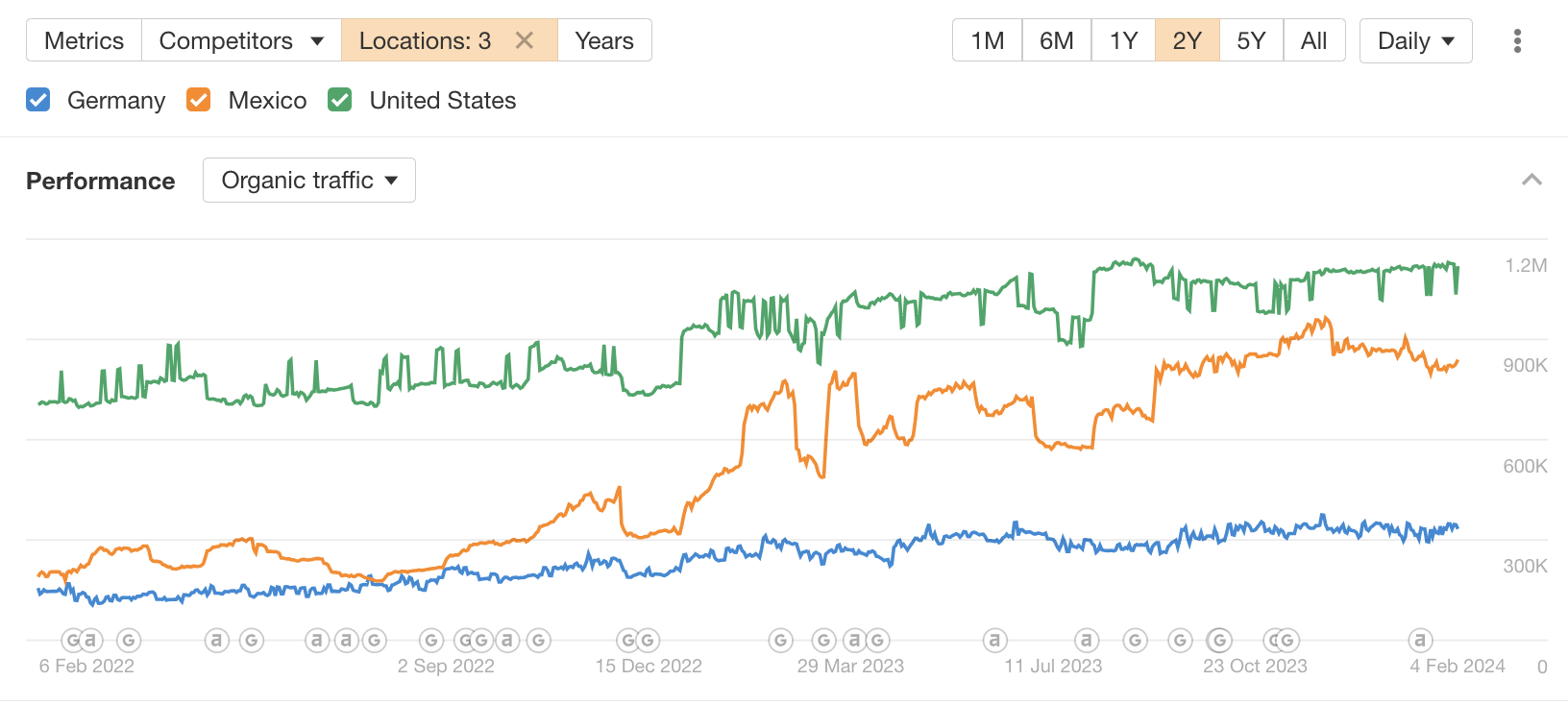
Since more than 43% of Asana’s revenue comes from outside the US, international SEO and content localization are vital strategies that help Asana stay ahead of its competitors.
International SEO keyword research: pitfalls to dodge

Now that you know how to do international SEO keyword research, let’s go over some of the common mistakes to avoid – besides the one we’ve already covered (direct translation instead of localization, i.e. not considering regional search habits and language variations).
1. Focusing on specific keywords instead of topics
For many years, SEOs used to optimize pages for one specific keyword – usually a high-volume head term that was extremely difficult to rank for.
Tools like Yoast SEO would ask you to pick a focus keyword and cram it into your article as many times as you could in an effort to achieve the “perfect” keyword density that would help your page rank in search results.
That’s all in the past.
Google has gotten a lot smarter and doesn’t need you to repeat your primary keyword once every 200 words to understand what your article is about.
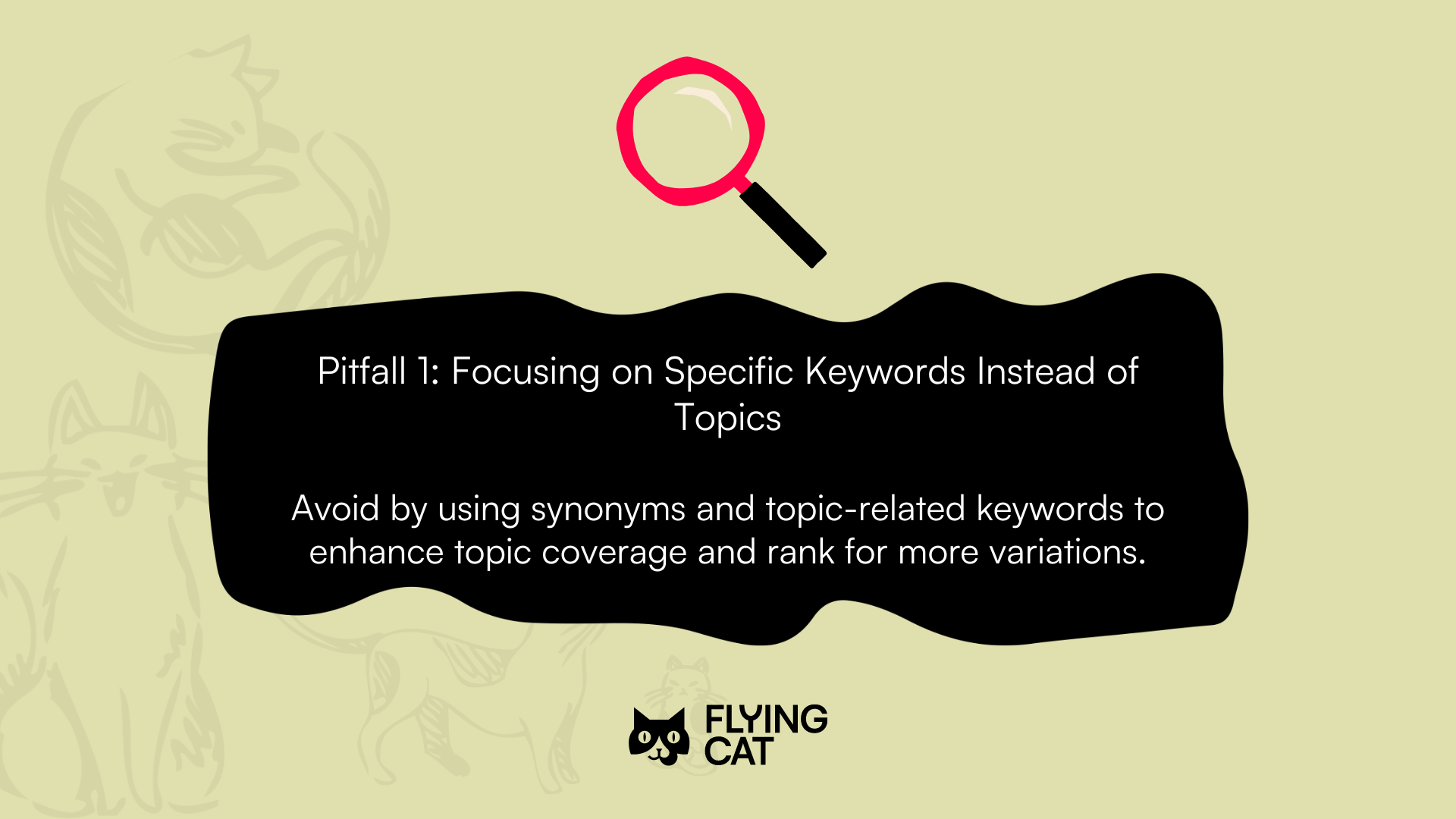
In fact, over-optimizing and keyword stuffing is heavily discouraged.
Since the Google algorithm is capable of recognizing semantic nuances, you no longer have to use keywords compulsively.
You get to write much more naturally, using synonyms and topically related keywords and optimizing pages for a topic rather than a specific keyword.
This is a huge opportunity because it means that, if you manage to cover a topic thoroughly, you get to rank for dozens, potentially hundreds of keywords related to that topic.
And, you no longer have to go for high-competition keywords just because they have the highest search volume (I talk more about search volume in the next point).
Shifting your mindset to focus on topics is especially important for international SEO. When moving into a new market, you want to hit as many keyword variations as you can with the same piece of content to cast a wider net and get more eyes on your content.
A native-language writer or translator is guaranteed to hit multiple keyword variations within your topic as they write. You can also give them ideas on what additional keywords to include based on the research you did in step one.
2. Hyper-fixating on search volume and ignoring zero-volume keywords
When you translate and localize a keyword, you’ll often find that the localized version does not have a lot of search volume. Or maybe it has none at all – at least according to keyword research tools.
Keywords that are reported to have no search volume by keyword research tools are called zero-volume keywords. This is a misnomer because there aren’t really any keywords that no one ever searches for.
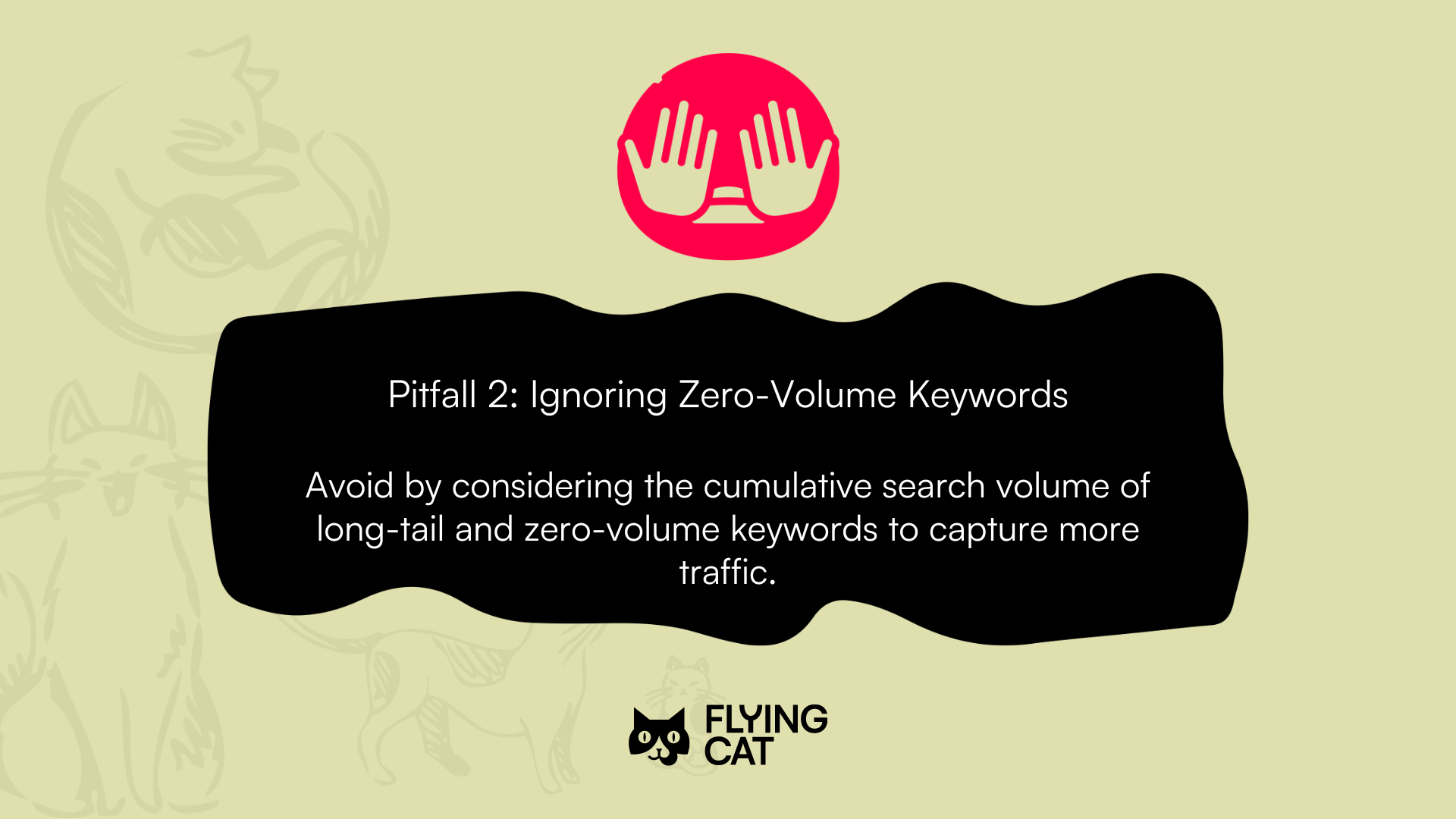
In fact, Google has said that 15% of all searches are new, meaning they have never been searched before.
These keywords are “zero-volume” because they are new and keyword research tools don’t have enough data to give you an estimate of their monthly search volume.
There are also a lot of hyper-specific, long-tail keywords out there that only get a handful of searches a month. But the thing is, searchers use countless variations of keywords to search for the same thing (i.e. they have the same search intent).
So while a specific keyword may only get a click or two on its own, its countless variations also get a click or two each. The search volume adds up and suddenly your page has a much higher traffic potential.
This is something you should always keep in mind when translating and localizing your keywords.
For example, when you look at the keyword “comment ouvrir un café” (“how to open a coffee shop”) in French, Ahrefs will tell you that this keyword has zero search volume in France. However, when you inspect the traffic potential, it tells you that the top-ranking result for this keyword gets a total of 250 monthly visits from the many keyword variations the page also ranks for.

What’s more, zero-volume keywords:
- Can be extremely relevant to your audience and as a result, have the potential to attract highly-qualified buyers.
- Have very low competition because most companies ignore them and focus on higher-volume, more competitive keywords instead.
That’s why I prefer calling these types of keywords “hidden keywords” or “zero-competition” keywords. You can find them using the research methods mentioned above, or using Google autocomplete and related searches, as well as tools like Answer the Public and Also Asked.
The takeaway from this should be that intent volume is much more important than search volume.
Always focus on the total traffic potential of your topics or keyword clusters, instead of zeroing in on a specific keyword and obsessing over the almost-arbitrary number that’s its search volume.
3. Disregarding search intent
As you can see from the Gusto example above, the intent of a localized keyword is not always the same as the intent of your original keyword.
If you disregard search intent, you could end up trying to rank a product page for a keyword like “beste email anbieter” (“best email provider”) in German, which clearly has an investigative commercial intent (i.e. searchers want to see a listicle-type article comparing the best tools).
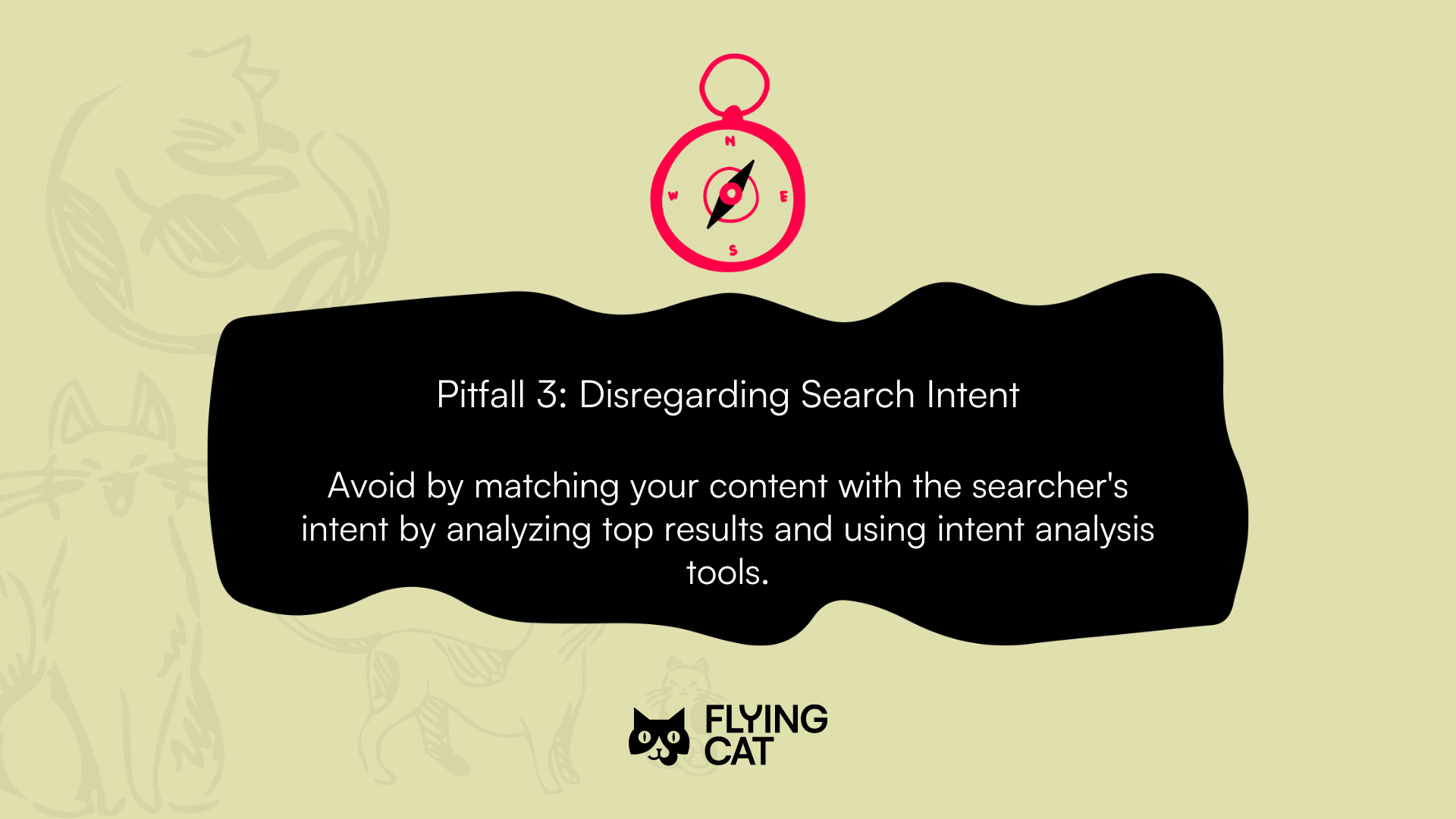
In such cases, no matter how helpful your content or how many links you drive to it, it’s never going to rank.
So before you finalize your keyword list, take a look at the top results for each keyword (or use Ahrefs’s new Search Intent tool) to determine what type of page you need to create to rank for that cluster of keywords.
4. Forgetting about local search engines
Last but not least, remember that Google isn’t the only search engine in the world. For example, Baidu is the leading search engine in China, Yandex in Russia, and Yahoo has nearly 24% market share in Japan.
It’s crucial to keep this in mind if you’re moving into those markets because different search engines may look at different factors when ranking search results.
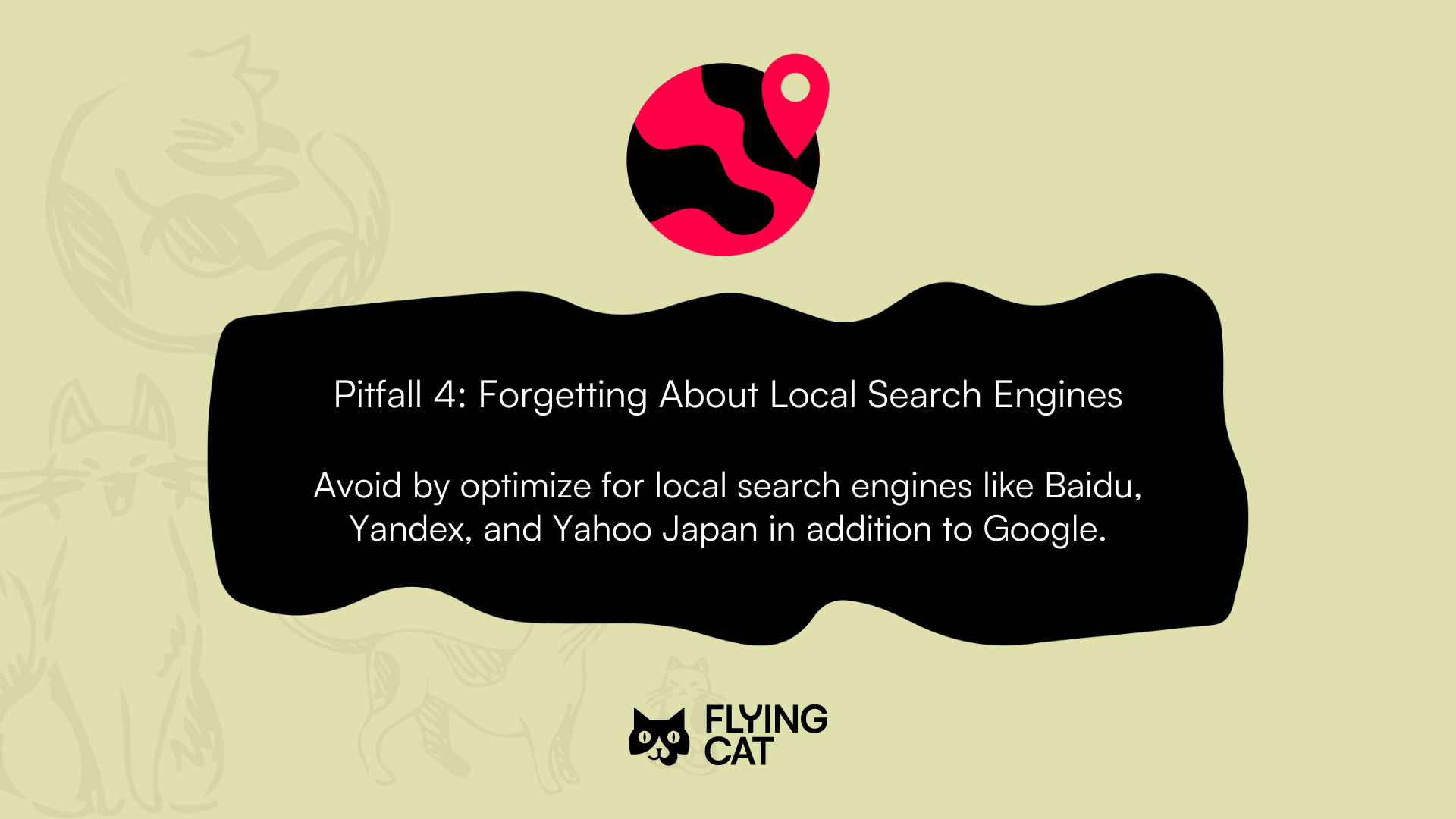
You may need a specific strategy to optimize your content not just for Google but the search engine your local audiences use.
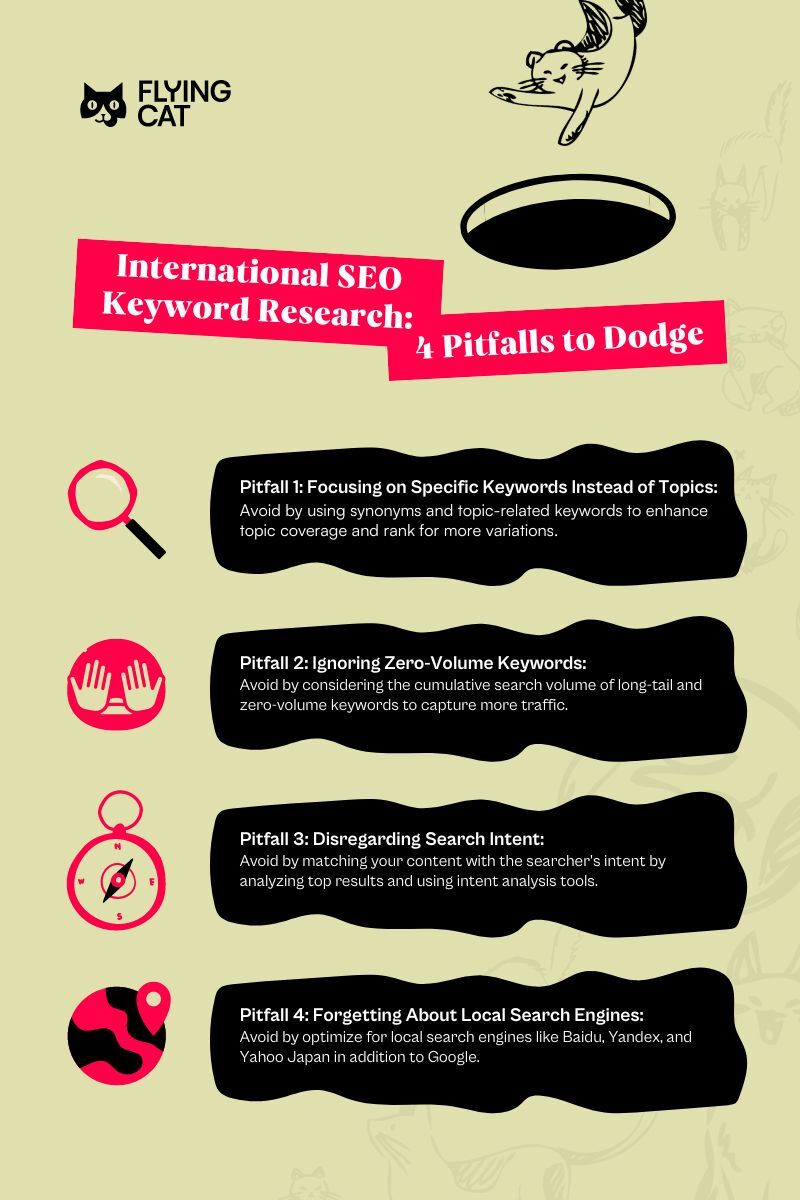
Expand into new markets with international SEO keyword research
Doing keyword research for international SEO is not just a matter of spending a few hours playing with a keyword research tool.
It’s an intricate process that involves understanding your audience’s search habits and preferences in different markets, and aligning your keyword strategy with them.
Instead of just translating your keywords and hoping for the best, you need to put a lot of effort into finding the localized versions of your keywords and matching them with topics that resonate with your global audience.
While a do-it-yourself approach may seem tempting, partnering with an international SEO agency, equipped with local SEO consultants and native-language experts, will save you tons of time and get you better results.
Capture new markets with international SEO
Find out how our multilingual, multi-region team can help you drive international traffic and conversions.
Get a marketing consultation
